Hospital News
-
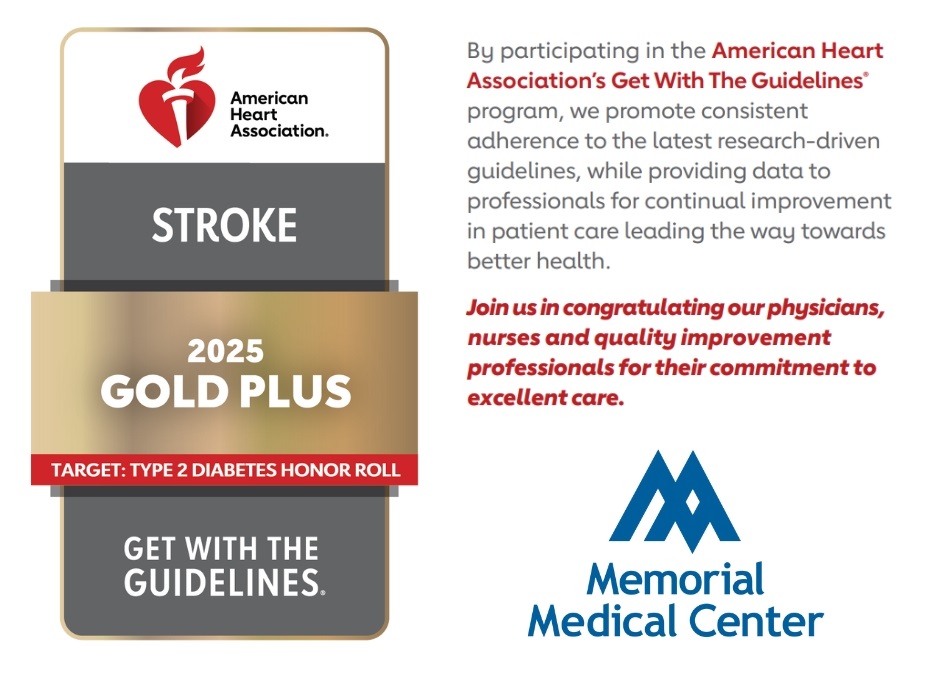
Gold Plus Award: Memorial Medical Center nationally recognized for commitment to providing high-quality stroke care
July 10, 2025The American Heart Association presents Get With The Guidelines® - Stroke Gold Plus award for proven dedication to ensuring all stroke patients have access to best practices and life-saving care.
Learn more -
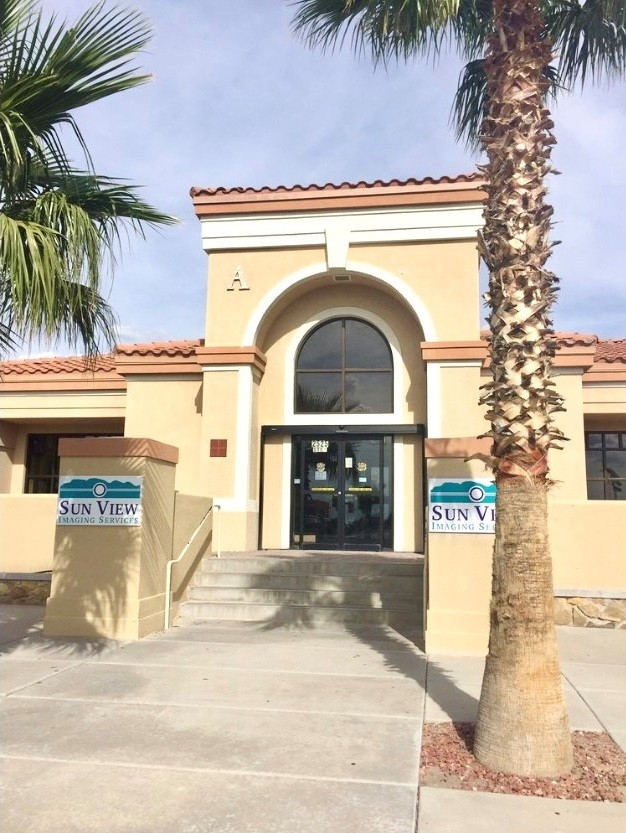
Memorial Medical Center Signs Agreement to Acquire Sun View Imaging
June 25, 2025Sun View Imaging is located at 2525 South Telshor Boulevard. It provides outpatient diagnostic imaging services, including MRI, PET/CT scan, 3D/2D mammography, ultrasound, calcium scoring and more.
Learn more -
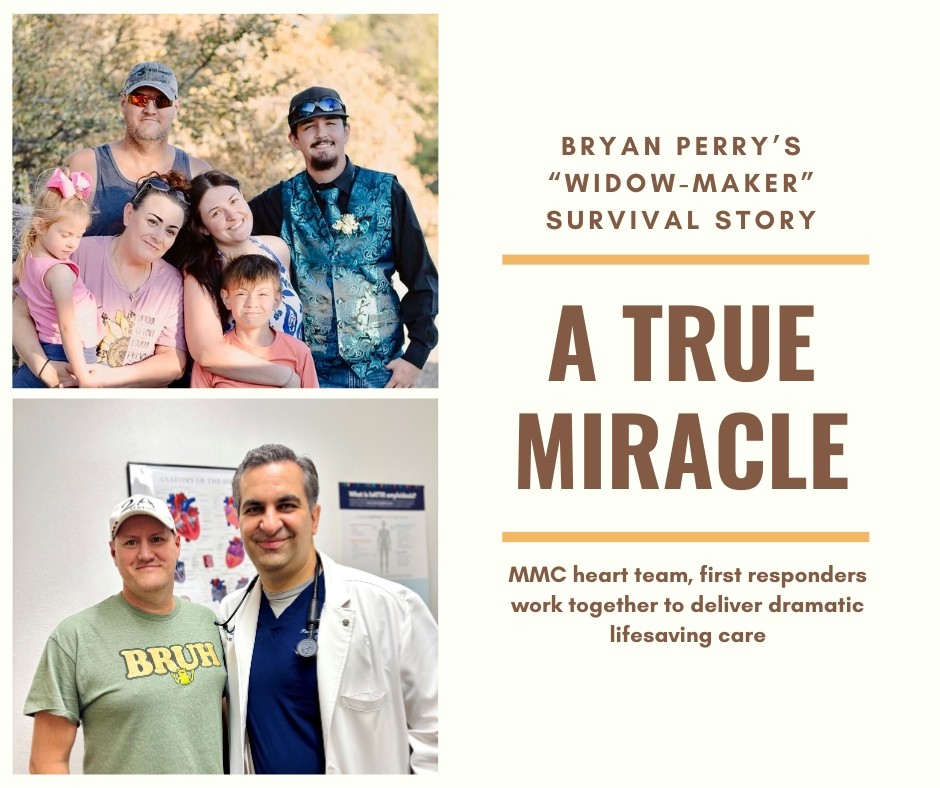
A true miracle: Bryan Perry’s “widow-maker” survival story
June 16, 2025MMC heart team, first responders work together to deliver dramatic lifesaving care
Learn more -
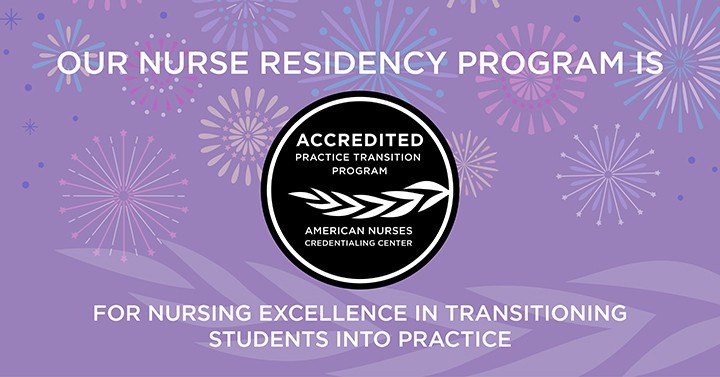
MMC Nurse Residency Program Earns Prestigious Reaccreditation
May 21, 2025Memorial Medical Center is very proud to announce that its LaunchPoint Nurse Residency Program has earned prestigious reaccreditation through the American Nurses Credentialing Center (ANCC) Practice Transition Accreditation Program (PTAP).
Learn more -
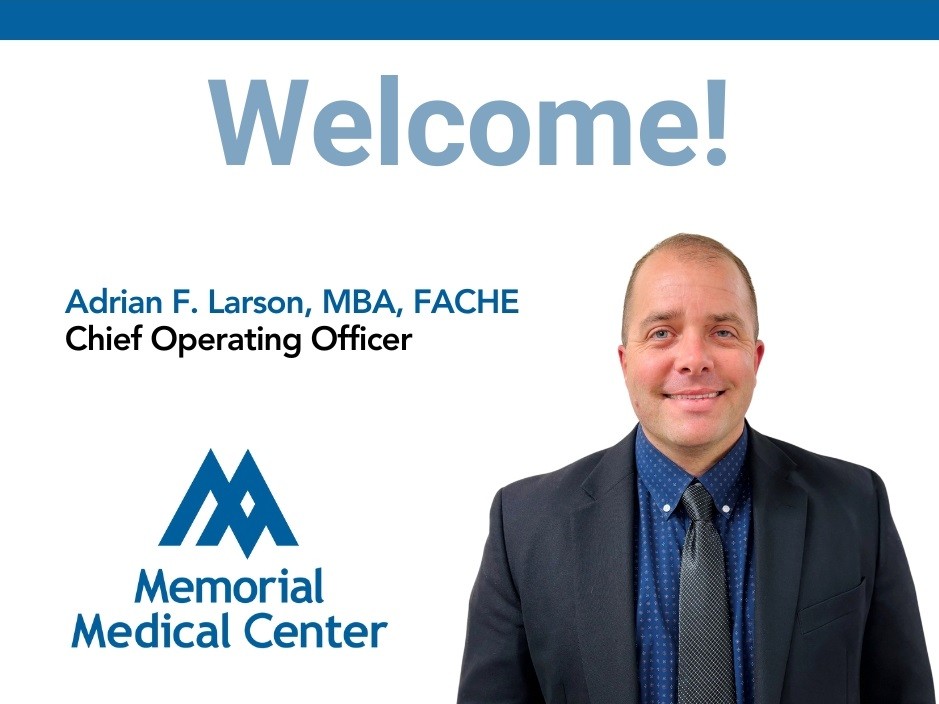
Memorial Medical Center Welcomes Adrian Larson As New COO
May 15, 2025Memorial Medical Center is very pleased to welcome Adrian F. Larson, MBA, FACHE, as the hospital’s new Chief Operating Officer.
Learn more -

Memorial Medical Center Names 2025 Mercy Award Winner: Traci White
May 07, 2025Memorial Medical Center recently announced that Traci White, PharmD, PhC, BCGP, BCOP, has been recognized as the facility’s 2025 Mercy Award winner.
Learn more -

Stroke Awareness Month: 3 Steps to Manage Your Stroke Risk
May 01, 2025May is National Stroke Awareness Month. We recognize this month each year because for many people, stroke awareness can be truly life-saving – someone in the US suffers a stroke every 40 seconds, and for these patients, timely treatment can mean the difference between successful recovery and long-term disability.
Learn more -

'In Every Dish, There's A Story:' MMC Welcomes New Executive Chef Anthony Tovar
April 25, 2025Memorial Medical Center is very excited to introduce our new Executive Chef, Anthony Tovar!
Learn more -
-
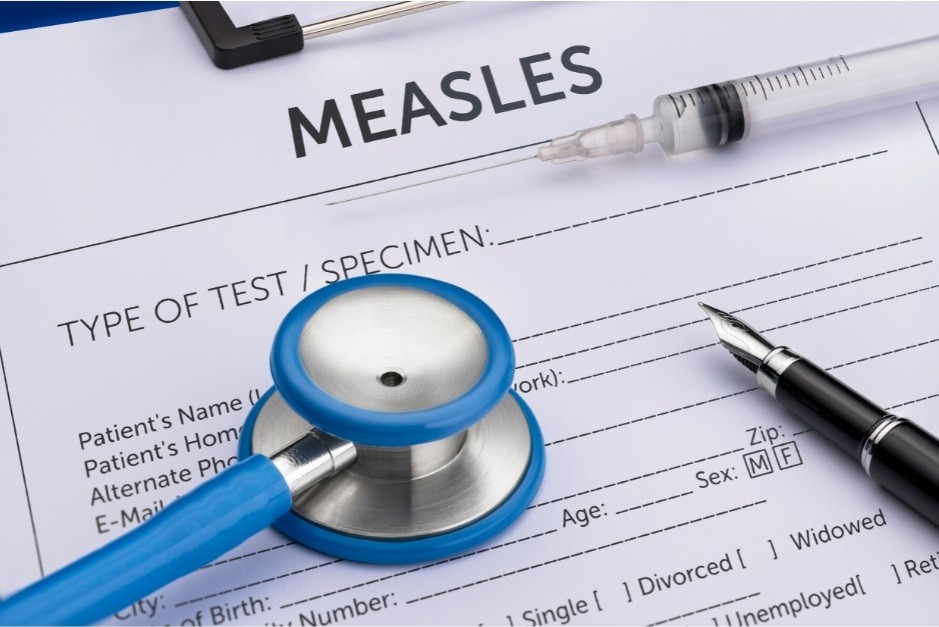
Help Our Facility And Community Stay Safe: Measles Guidance For Visits
April 15, 2025Follow this guidance for visits to our hospital and clinics to help us prevent the spread of measles.
Learn more -
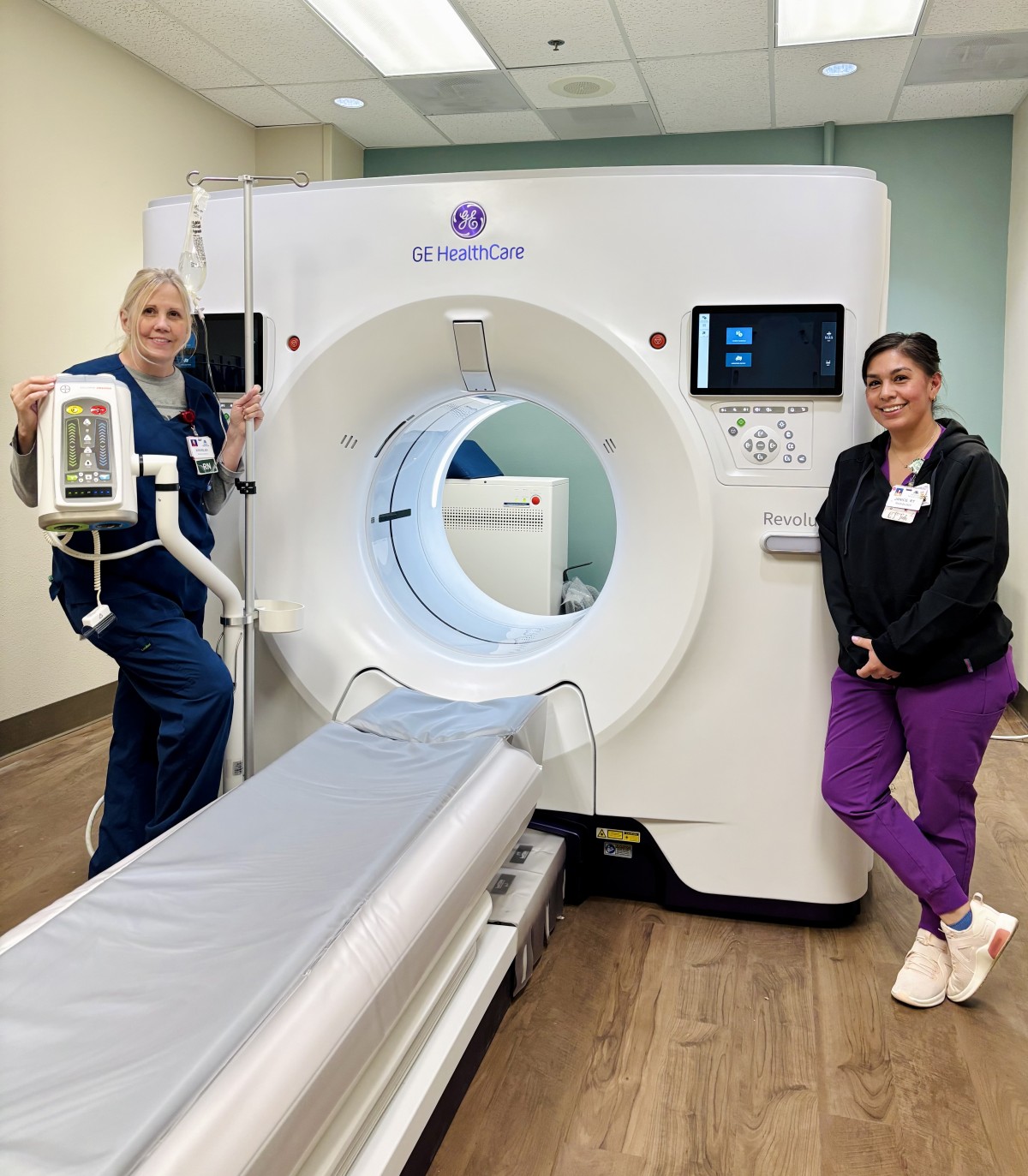
Memorial Medical Center installs leading-edge 512-slice CT
March 13, 2025Top-of-the-line machine offers patients faster, more accurate diagnostic imaging
Learn more -
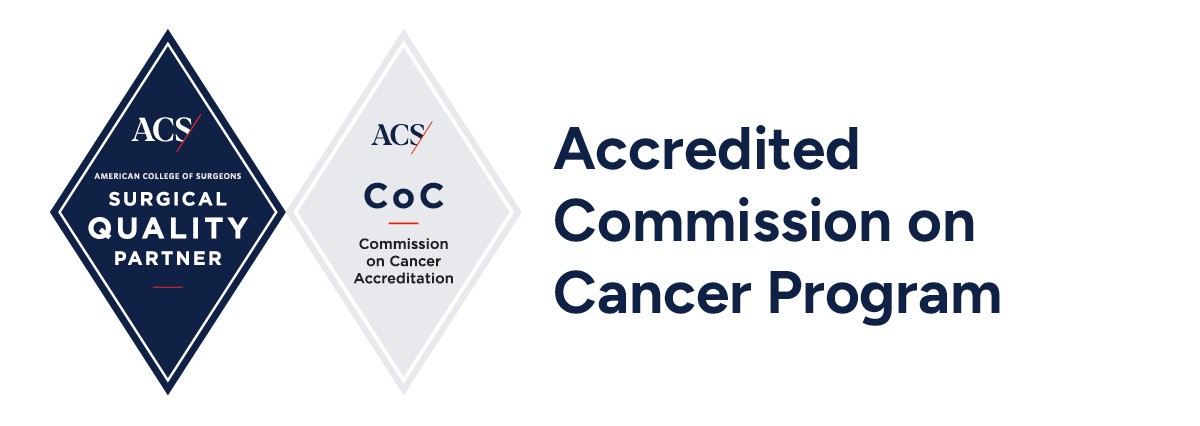
Memorial Medical Cancer Center again attains Commission on Cancer National Accreditation
March 05, 2025Accreditation demonstrates MMC’s commitment to improving cancer care across the continuum.
Learn more -
Memorial Minute: Feb. 21st, 2025
February 21, 2025News from the leadership team at Memorial Medical Center.
Learn more -
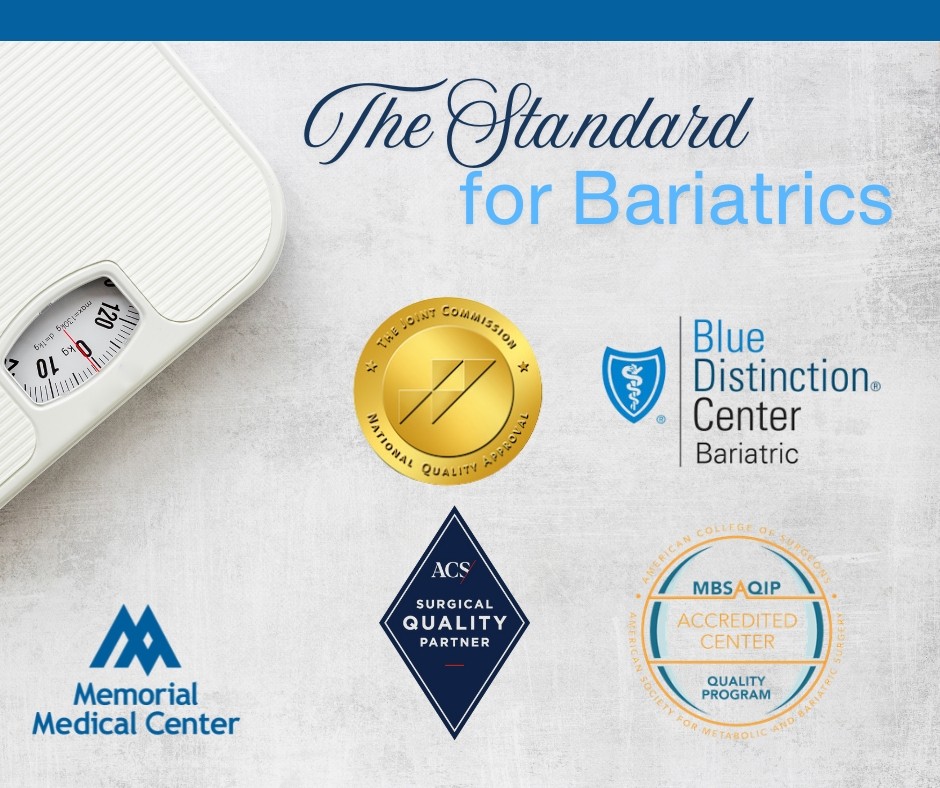
Memorial Medical Center earns Bariatric Surgery Recertification from The Joint Commission
February 21, 2025MMC is the only facility with this distinction in the Southwest and one of only five facilities nationwide.
Learn more -

Memorial Medical Center Welcomes Sports Medicine Specialist Dr. Matthew Endrizzi
February 11, 2025Dr. Endrizzi is dedicated to providing exceptional care to his patients to get them back to physical activity and peak performance. He sees patients ages 12 and up, offering athletic care across the lifespan.
Learn more -
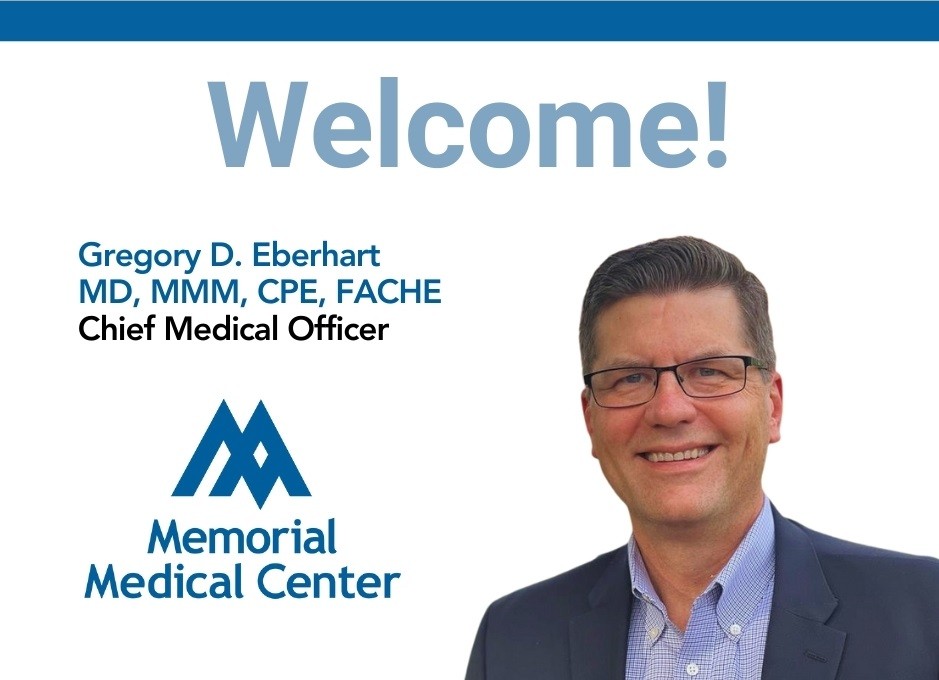
Memorial Medical Center Welcomes Gregory D. Eberhart As Chief Medical Officer
February 05, 2025Senior physician executive leader brings wealth of experience and skills.
Learn more -
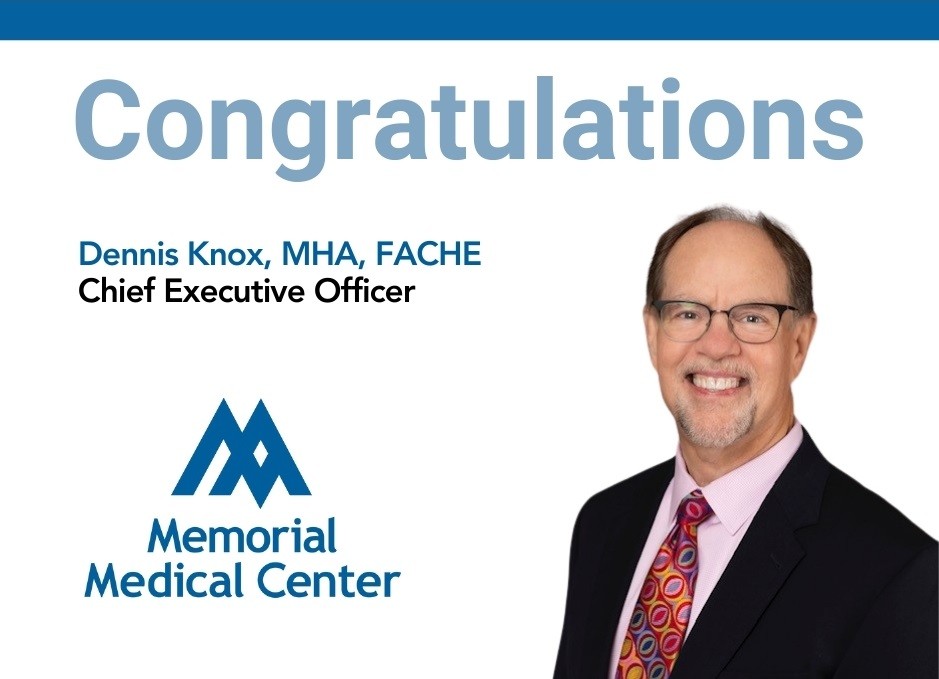
Dennis Knox named CEO of Memorial Medical Center
January 24, 2025Knox has served as interim CEO since August 2024, bringing extensive experience in healthcare leadership and operational management.
Learn more -
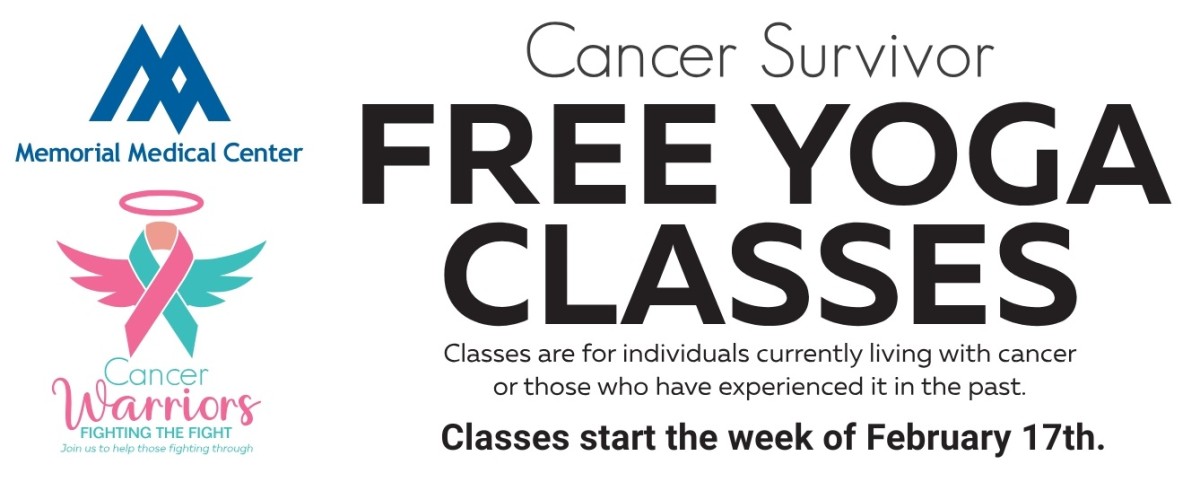
MMC and Cancer Warriors Partner To Offer Free Yoga Classes For Cancer Survivors
January 21, 2025The integration of yoga into oncology care has shown significant benefits for individuals’ physical, emotional and psychological well-being.
Learn more -
Memorial Minute: Jan. 17th, 2025
January 17, 2025News from the leadership team at Memorial Medical Center.
Learn more -

Tracking Heart Failure: MMC Implants First CardioMEMS Device
January 10, 2025This cutting-edge system allows doctors to closely monitor patients with heart failure without their leaving home
Learn more
